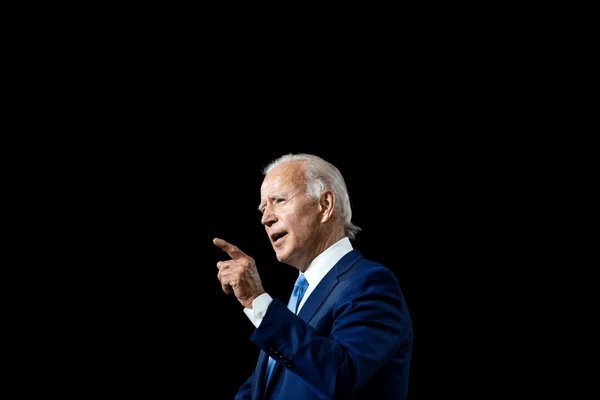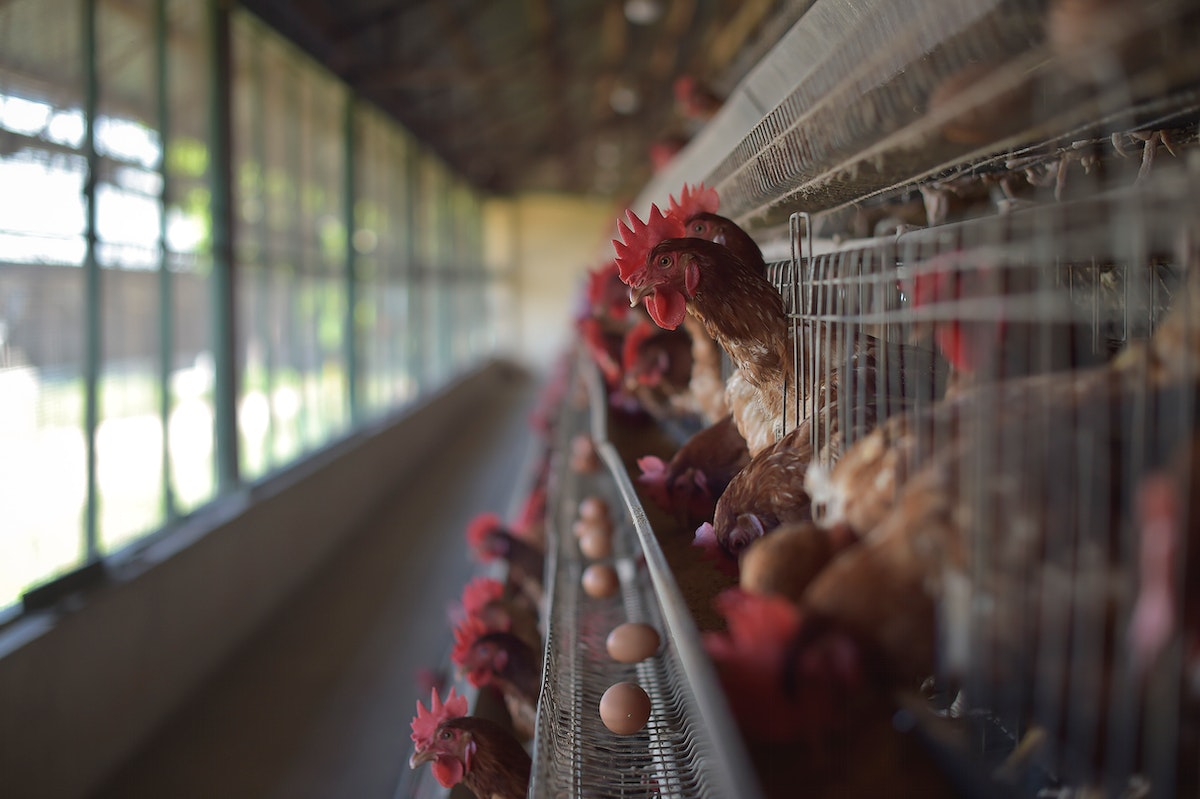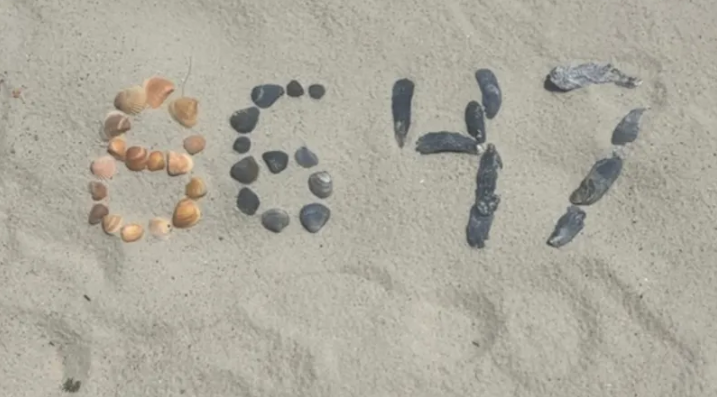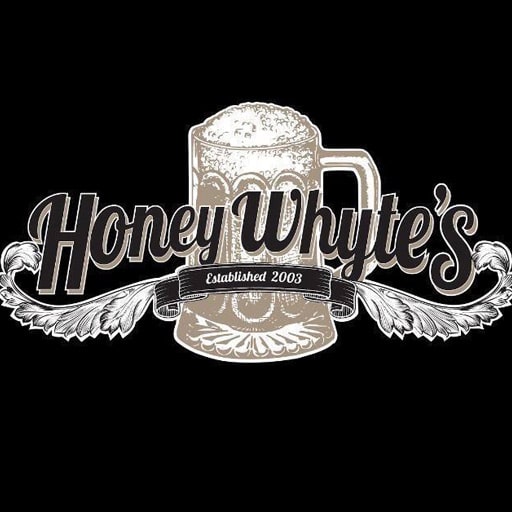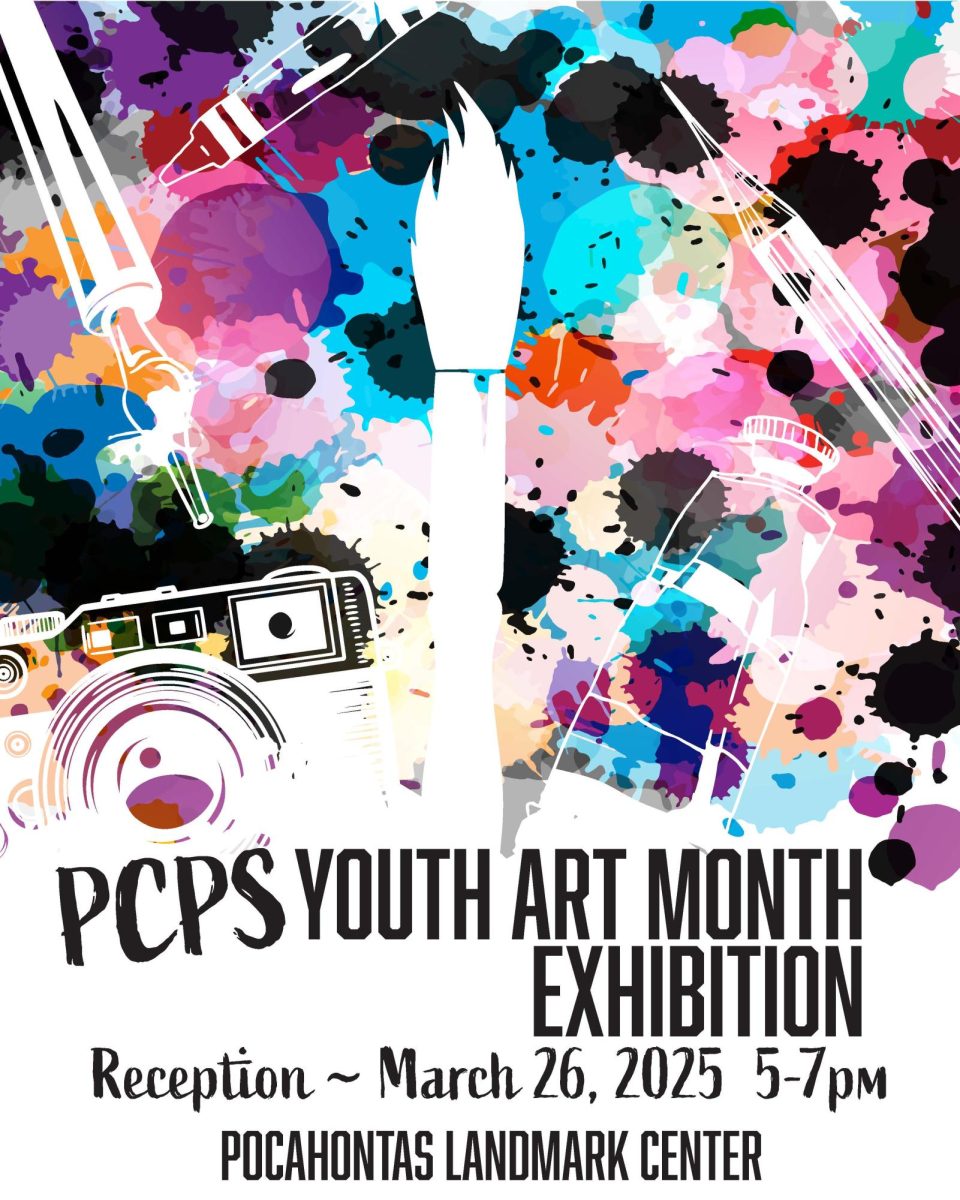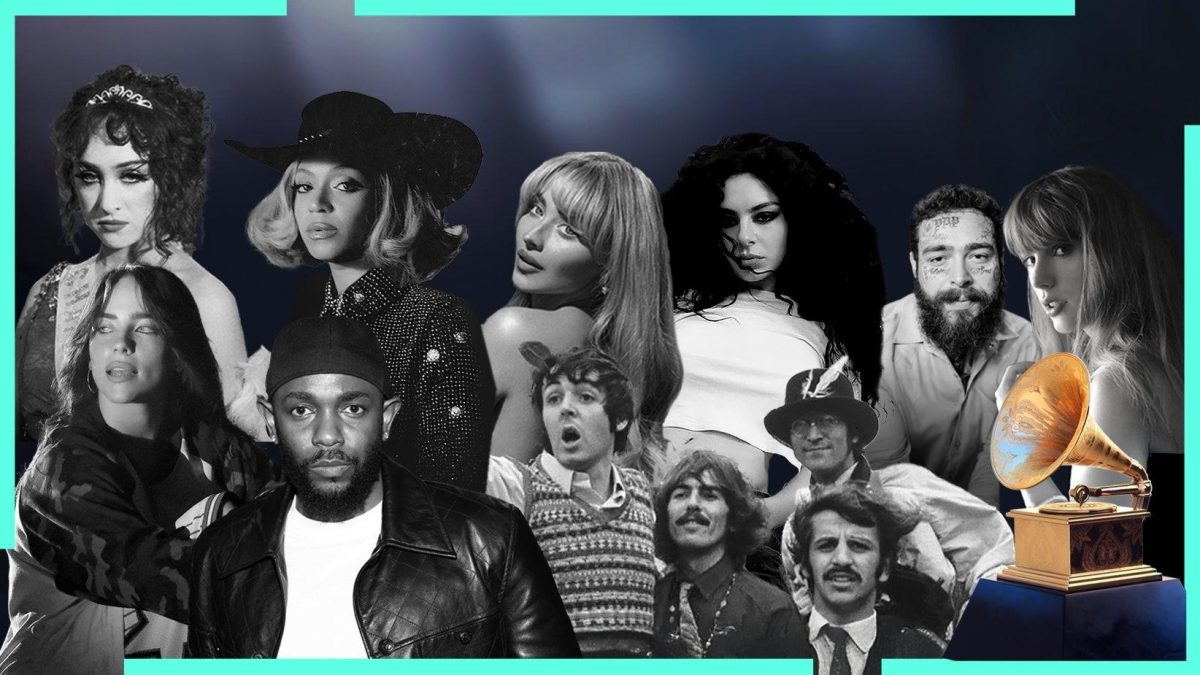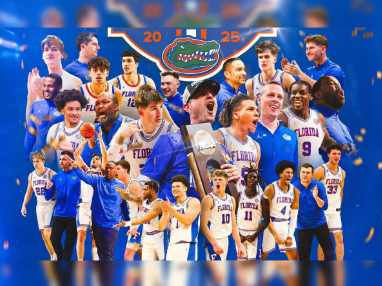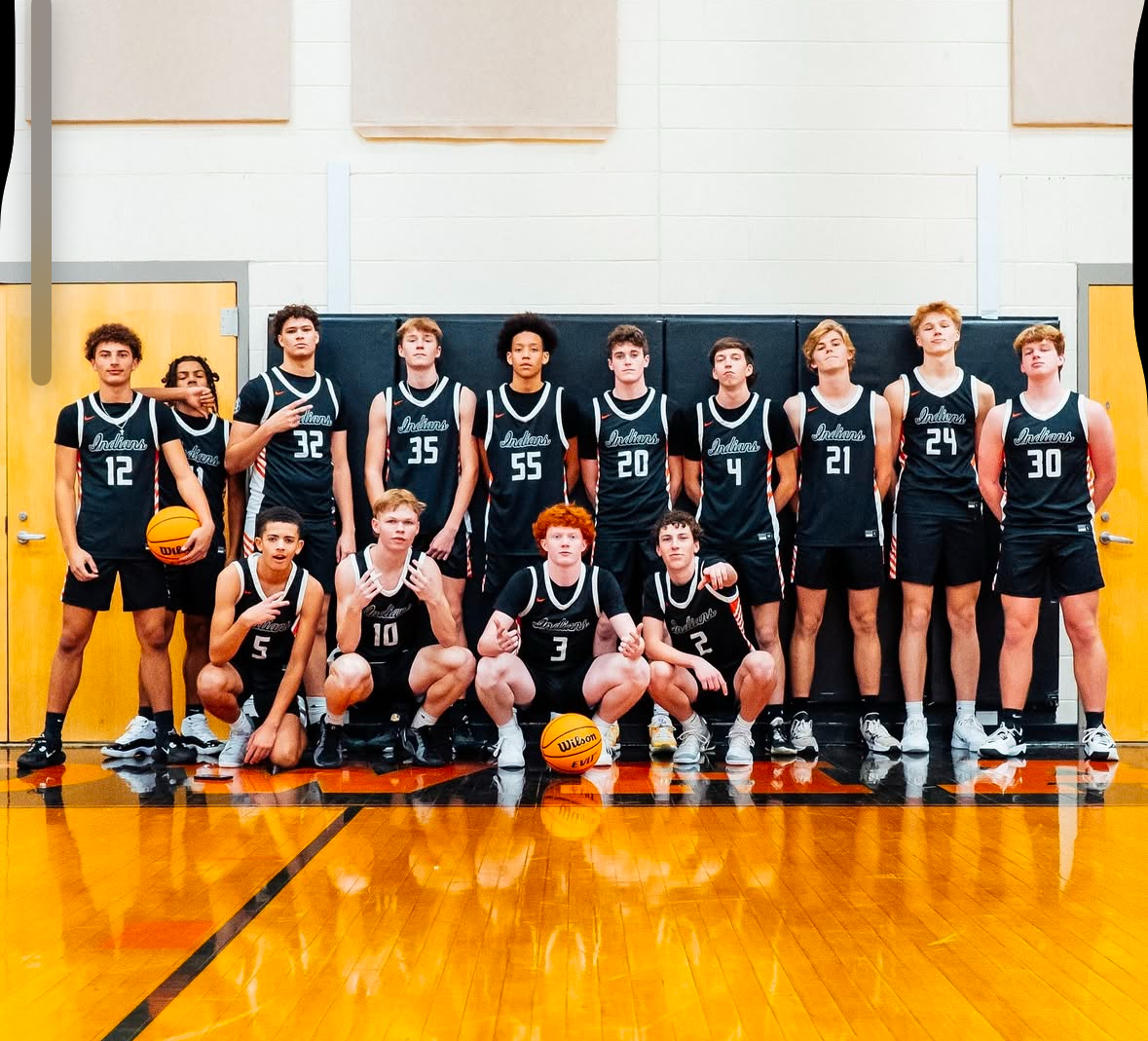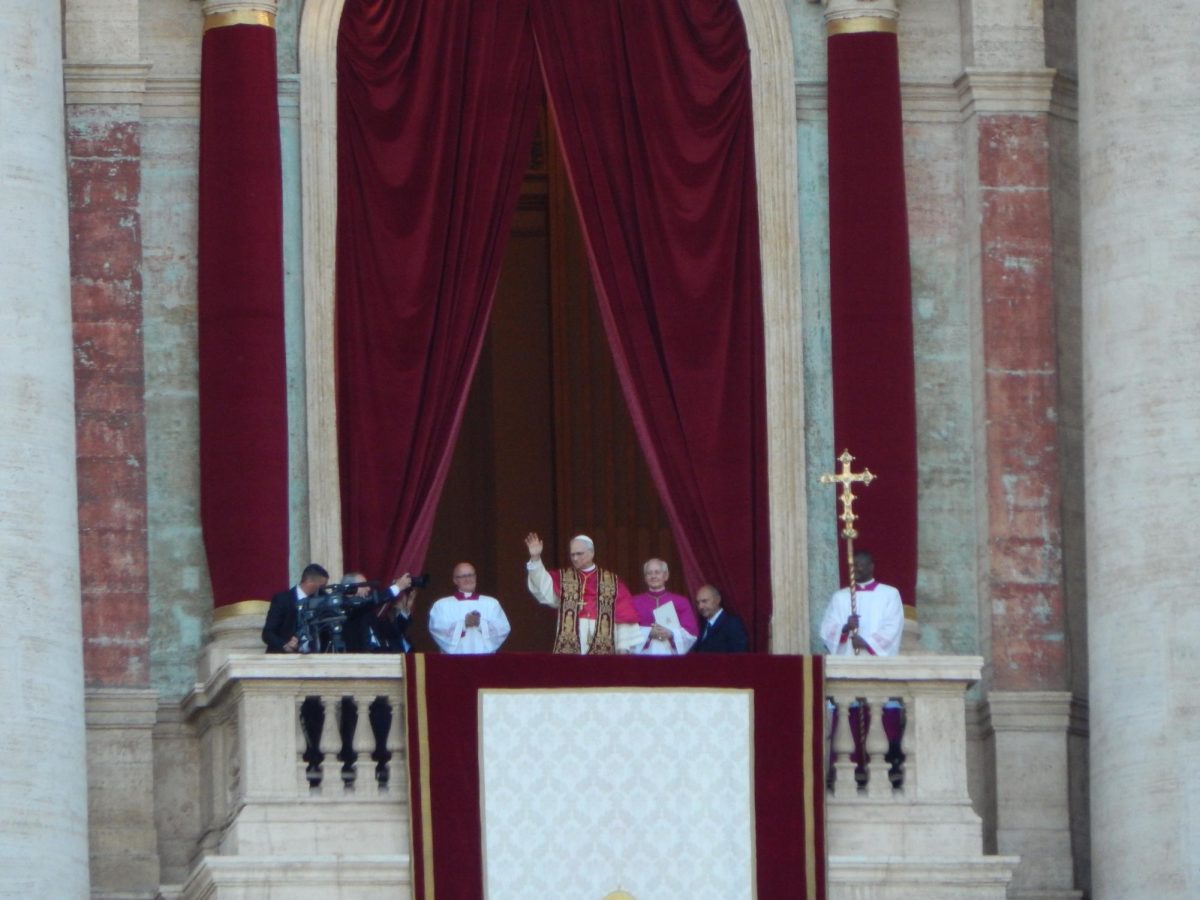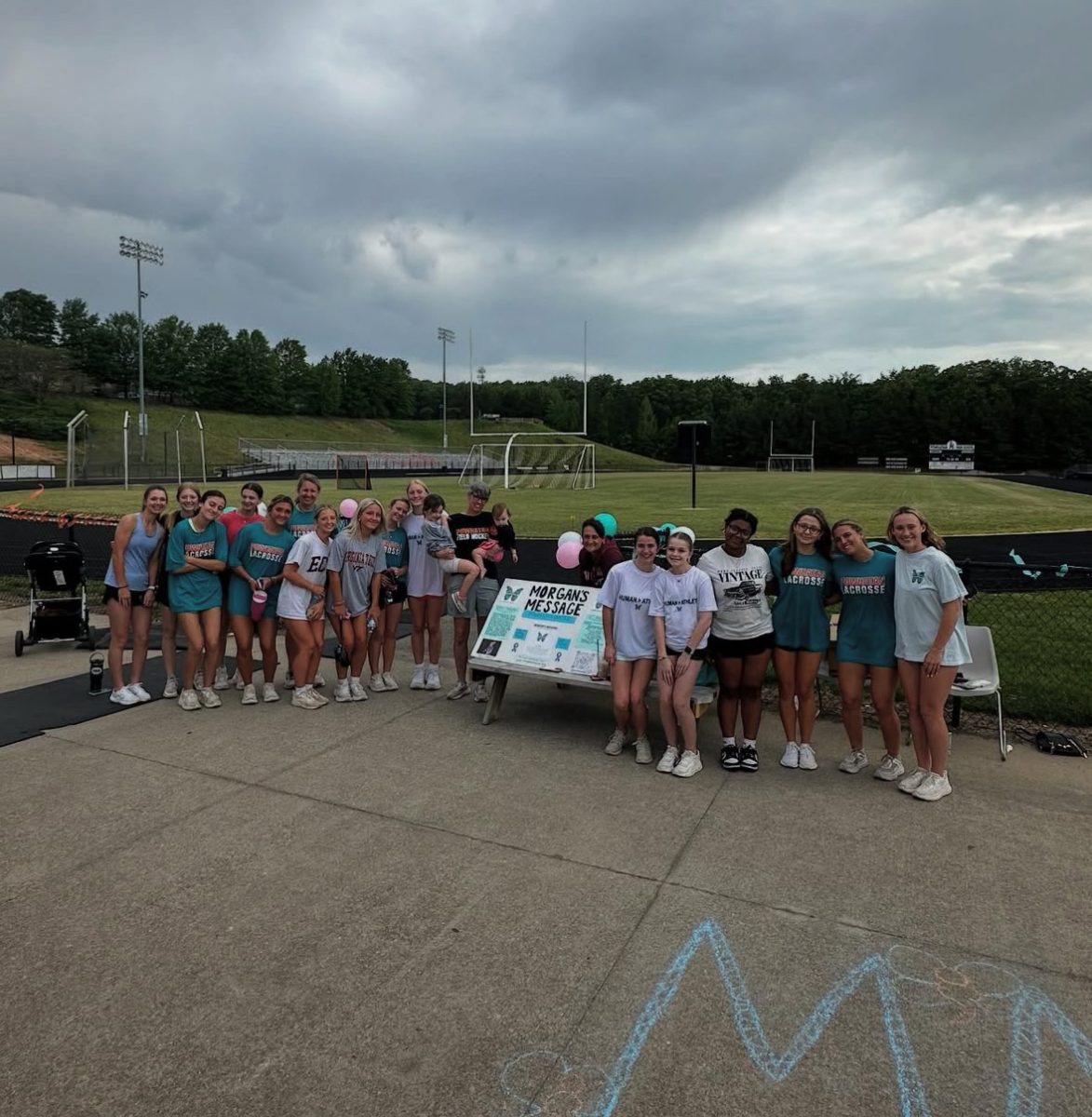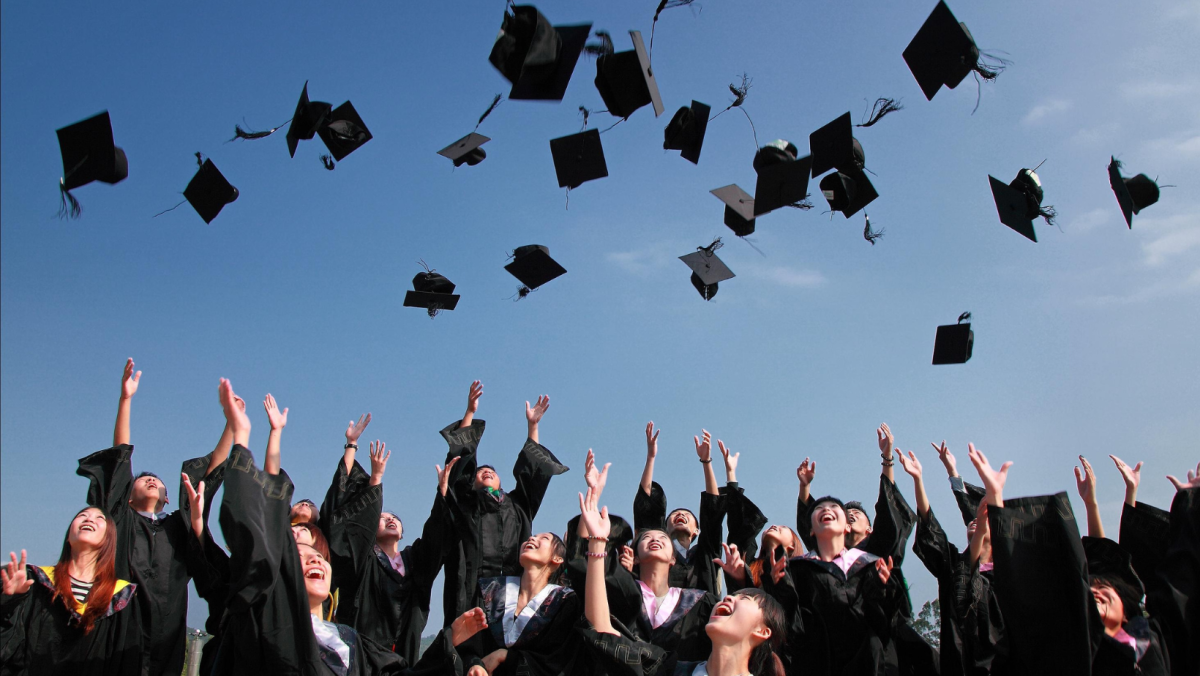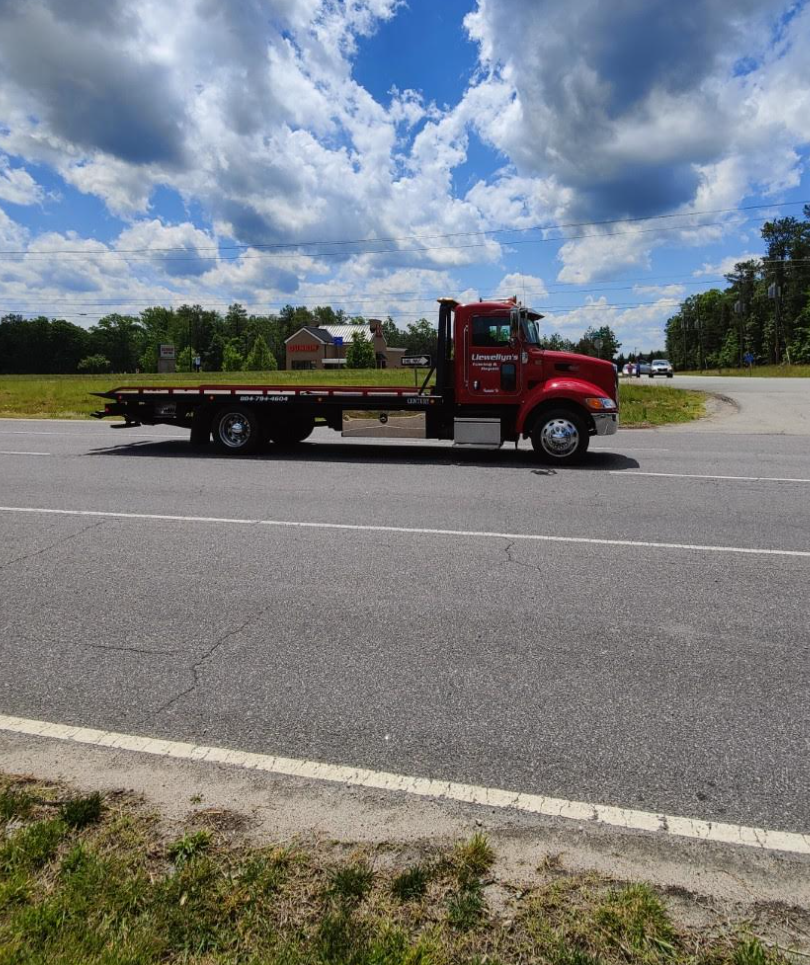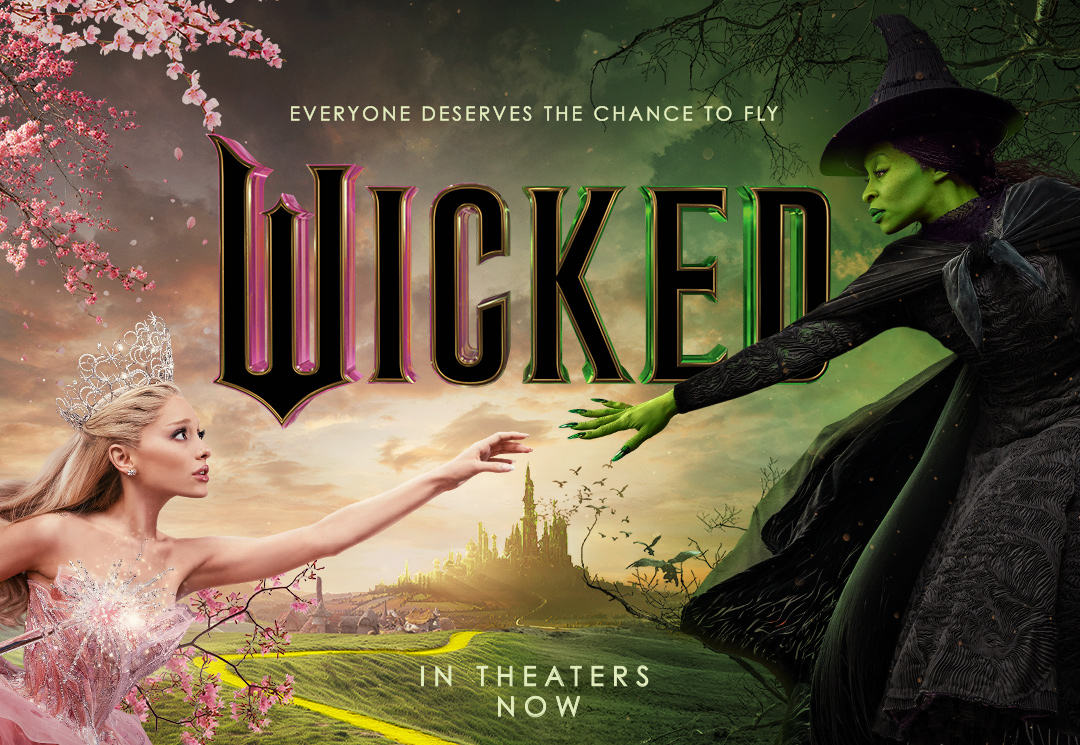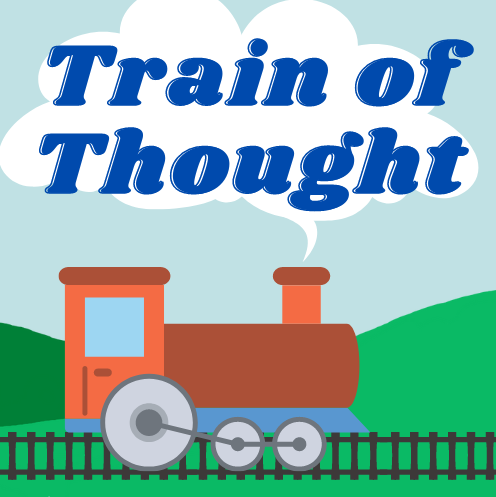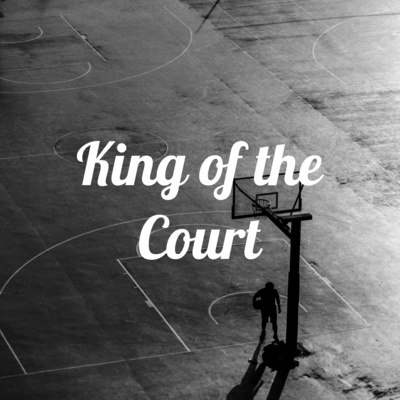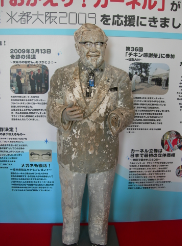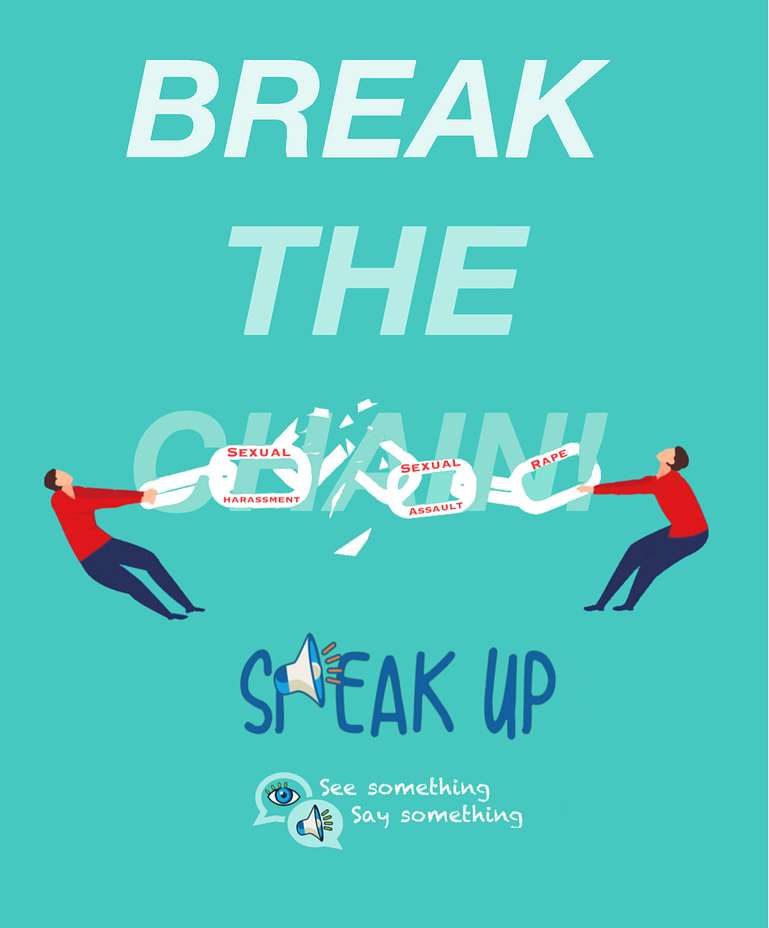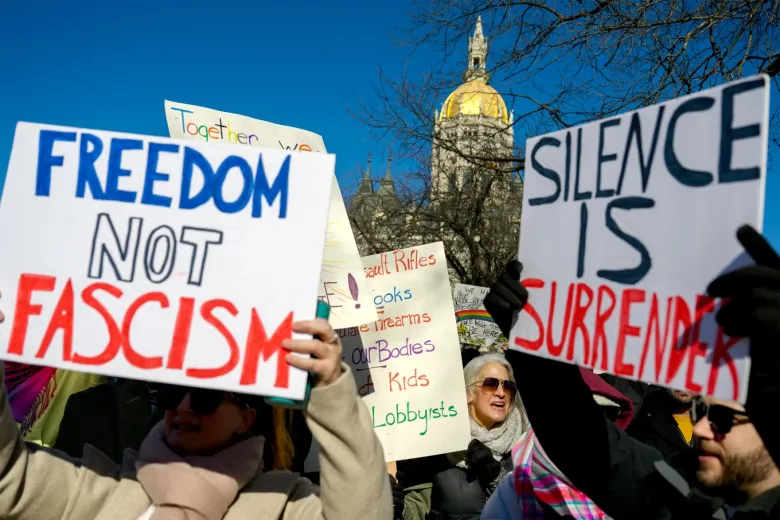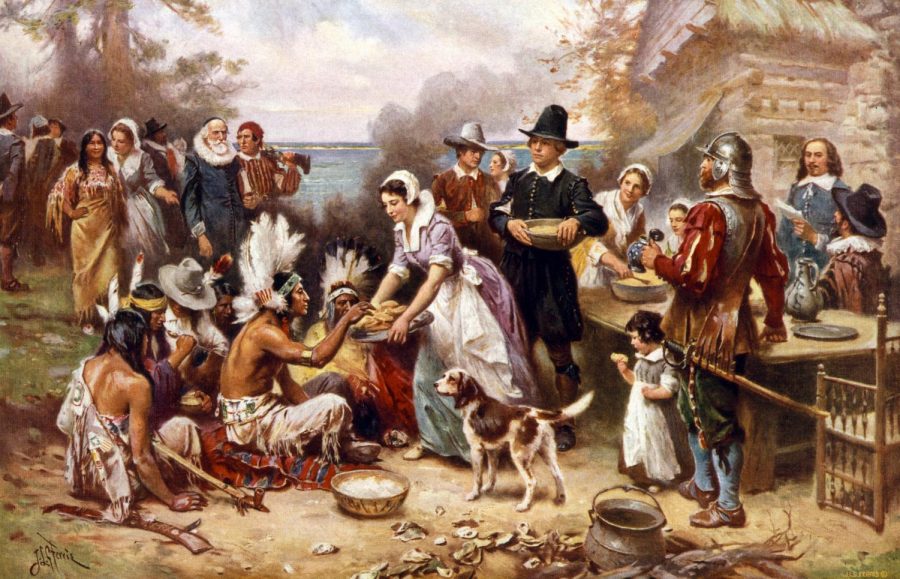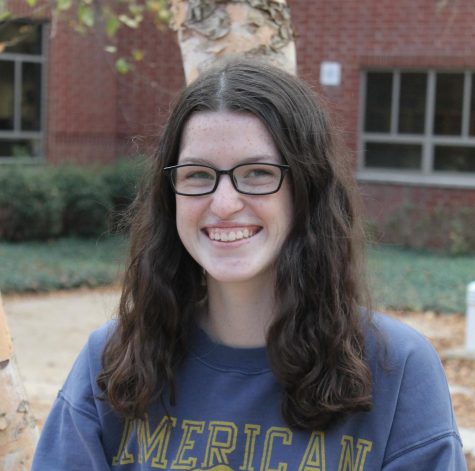The True Story of Thanksgiving
December 2, 2021
In most American schools, the First Thanksgiving is taught as a happy time of peace and friendship. However, most Native American tribes have a very different opinion of the holiday. Many Native Americans call what is being taught in American schools a myth. In the book, This Land is Their Land: The Wampanoag Indians, Plymouth Colony, and the Troubled History of Thanksgiving, David J. Silverman talks about the true story of the first Thanksgiving.
The Wampanoag tribe had 100 year’s worth of interactions with Europeans before the permanent settlers arrived. That century was very bloody and included slave-trading. In 1620, the Wampanoag leader, Ousamequin, reached out to the English because many of his people were killed by a deadly disease and they needed help to fend off rival tribes. They gathered together to celebrate the autumn harvest. The relationship wasn’t all friendly and happy like everyone is taught. It later turned into one of the most horrific Colonial-Indian wars on record, King Philip’s War.
Because of this bloody history, some Native American tribes consider Thanksgiving a day of mourning and protest. The United American Indians of New England organized this day of mourning, saying, “it is a day of remembrance and spiritual connection as well as a protest of the racism and oppression which Native Americans continue to experience.” (blog.nativehope.org)
On the other hand, not all Native Americans completely shun the holiday. The idea of giving thanks is central to Native heritage and culture as evidenced by Autumn harvest celebrations occurring well before the first “Thanksgiving”.
Most popular Thanksgiving recipes are made with indigenous foods such as turkey, corn, beans, pumpkins, maple, and wild rice. Many will gather with friends and family and use the day to eat good food and give thanks.

